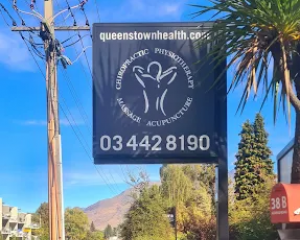
Within five days of the Transport Accident and Investigation Commission’s October 27 decision, the Department of Conservation (Doc) banned its personnel from using the aircraft, Tourism New Zealand effectively did the same, while TVNZ issued a sharp reminder to staff that flying in Robinsons be "flatly refused".
Internal documents from the trio released to the Otago Daily Times under the Official Information Act also show a fatal Robinson crash four days after the Commission’s announcement spurred them into immediate action.
Senior Doc executives agreed on the Robinson ban less than 24 hours after the deaths of two forestry workers in a crash in Northland.In an email to senior staff on November 1, Doc’s business assurance director Graeme Ayres said he supported a ban, but the decision needed to take into account the financial impact on the organisation and whether it was a "knee-jerk" response.
Doc health and safety director Harry Maher told senior managers the same day it was "no longer tenable" to allow staff, volunteers or contractors to fly in Robinsons, owing to their "abnormally high fatal accident rate", the Commission’s watch list move and the previous day’s crash.
The Commission’s watch list move also prompted Tourism New Zealand to change its policy for the use of helicopters by staff and guests — the latter including celebrities and international media.
In an October 31 email, PR and major events general manager Rebecca Ingram instructed staff to ask helicopter operators which type of aircraft they planned to use before they requested approval from the chief executive.
"If it’s a Robinson, I’d suggest seeking alternate transport."
TVNZ general manager of operations for news and current affairs Andrew Fernie reminded staff in a November 1 email of a 2013 board decision to ban the use of Robinsons.
Mr Fernie said "under no circumstances" should they fly in the aircraft.
Listing the three main Robinson models, he said all should be "flatly refused if offered up as a flight option".
The Commission and the Civil Aviation Authority (CAA) have investigated 14 "mast bumping" accidents involving Robinsons — killing 18 people after in-flight break-ups — in the past 20 years.
In its watch list announcement, the Commission said previous measures had failed to significantly reduce in-flight break-ups of Robinsons, and four of its earlier recommendations relating to the aircraft had not been acted on.
It described mast bumping as contact between an inner part of a main rotor blade or a rotor hub and the main rotor drive shaft or "mast". Such contact "usually" caused a break-up of the helicopter during flight, with fatal consequences for those on board.
An internal commission report written in June — one of several documents it released to the ODT under the Official Information Act — said the resulting destruction of the aircraft made it difficult to "determine with certainty whether a mechanical failure of some kind is the cause".
But the commission has identified a strong correlation between mast bumping accidents and "low-G" flight conditions, which can be caused by turbulence or pilot error.
The documents show the commission told the Robinson Helicopter Company of its watch list intentions two and a-half months before its decision, and invited the company to make a submission.
The Commission refused to provide the ODT with a copy of the United States company’s submission, on the grounds it was subject to a confidentiality agreement.
Robinsons make up about 40% of the national helicopter fleet.













